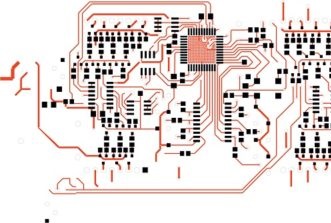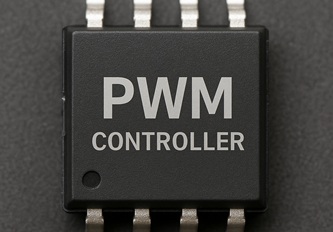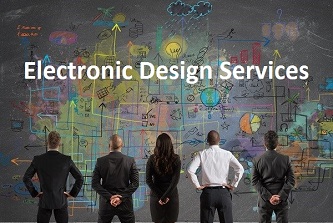This website uses cookies so that we can provide you with the best user experience possible. Cookie information is stored in your browser and performs functions such as recognising you when you return to our website and helping our team to understand which sections of the website you find most interesting and useful.
Europe’s EV Charging Infrastructure Falls Short of 2030 Target
Europe is falling far short of its electric vehicle (EV) charging infrastructure goals, with only around one quarter of the capacity needed to meet the European Commission’s 2030 target. New analysis by Motointegrator and DataPulse Research indicates that the EU-27 currently counts roughly 910,000 publicly accessible charging points — just 26% of the 3.5 million required to support the region’s transport decarbonisation plans.
This shortfall highlights a growing opportunity (and challenge) to scale up grid connections, fast-charging networks, and permitting systems across Europe’s core transport corridors.
The 2030 infrastructure gap
At the current pace of installation, about 150,000 new chargers per year, the EU is projected to reach just 1.7 million points by 2030. To hit the European Commission’s benchmark, that figure would need to rise to more than 500,000 annually. The European Automobile Manufacturers’ Association (ACEA) is even more ambitious, estimating that nearly 8.8 million charging points will be required by 2030 to match vehicle growth and electrification rates.
National targets remain uneven. Germany plans for one million charging points by 2030, while France is aiming for around 400,000. The Netherlands follows a capacity-based approach through its National Charging Infrastructure Agenda, focusing on high availability rather than a fixed total. Despite differing methodologies, the EU’s Alternative Fuels Infrastructure Regulation (AFIR) defines a shared minimum standard — fast-charging sites of at least 150 kW every 60 km along the TEN-T core network.
Uneven coverage and charging speeds
Motointegrator’s mapping shows that access remains concentrated in major cities, leaving long rural stretches — especially in Scandinavia, central Germany, and southern Europe — without sufficient coverage. In these “charging deserts,” gaps of 40 km or more between stations persist, well beyond the AFIR thresholds.
The study also points to wide disparities in charging speed and density. The Netherlands leads in socket availability per capita but has relatively few high-power chargers. Norway, by contrast, combines dense coverage with a high proportion of 150 kW-plus stations.
Closing the gap will depend not only on adding posts but on upgrading the network with faster hubs, grid reinforcements, and consistent uptime standards. Retailers such as Lidl and Kaufland are already helping to fill regional gaps through privately operated fast-charging networks.














